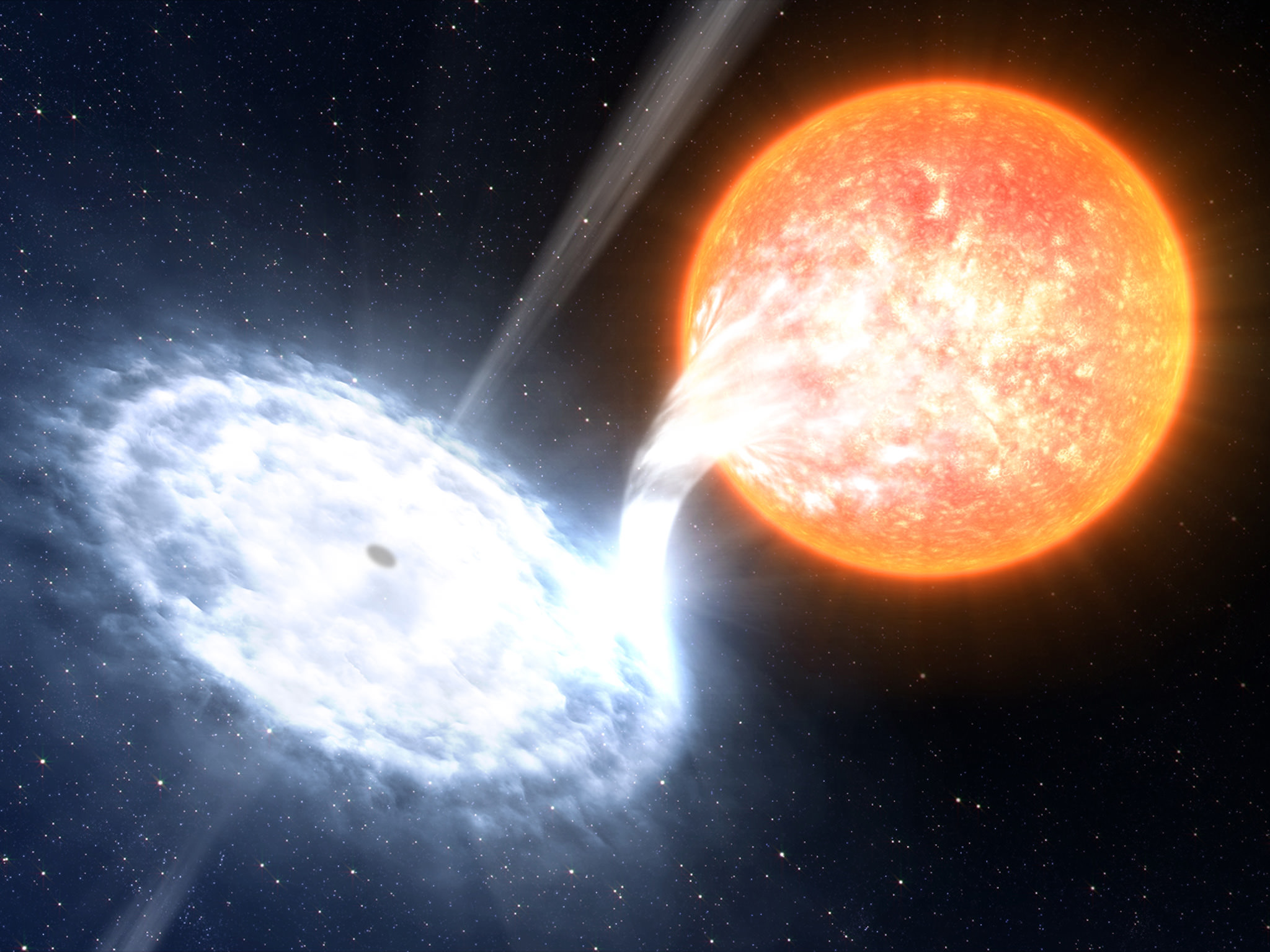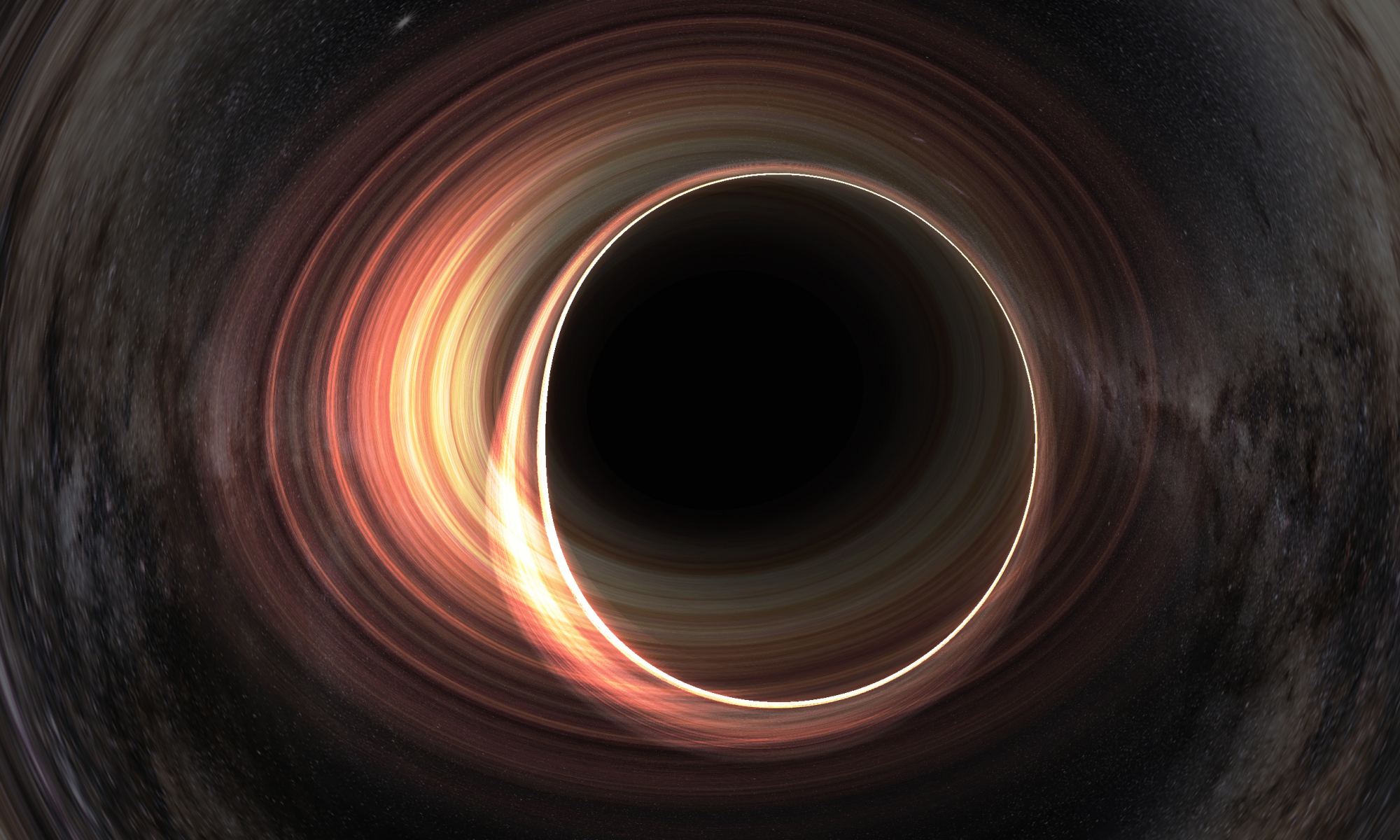Of all the unanswered questions in modern science, perhaps the most talked about is whether we are alone in the Universe. A new paper looks at another way we might be able to detect advanced civilisations and at its centre is the need for energy! The more advanced a civilisation becomes, the greater their need for energy and one of the most efficient ways, according to current theories, is to harness the energy from an actively feeding black hole. The paper suggests a civilisation feeding matter into a black hole could harvest energy from it, more excitingly perhaps, the process could be detectable within 17,000 light years!
Advanced Civilizations Could be Indistinguishable from Nature
Sometimes in science you have to step back and take another look at underlying assumptions. Sometimes its necessary when progress stalls. One of the foundational questions of our day concerns the Fermi Paradox, the contradiction between what seems to be a high probability of extraterrestrial life and the total lack of evidence that it exists.
What assumptions underlie the paradox?
Continue reading “Advanced Civilizations Could be Indistinguishable from Nature”New Study Examines Cosmic Expansion, Leading to a New Drake Equation

In 1960, in preparation for the first SETI conference, Cornell astronomer Frank Drake formulated an equation to calculate the number of detectable extraterrestrial civilizations in our Milky Way. Rather than being a scientific principle, the equation was intended as a thought experiment that summarized the challenges SETI researchers faced. This became known as the Drake Equation, which remains foundational to the Search for Extraterrestrial Intelligence (SETI) to this day. Since then, astronomers and astrophysicists have proposed many updates and revisions for the equation.
This is motivated by ongoing research into the origins of life on Earth and the preconditions that led to its emergence. In a recent study, astrophysicists led by Durham University produced a new model for the emergence of life that focuses on the acceleration of the Universe’s expansion (aka. the Hubble Constant) and the number of stars formed. Since stars are essential to the emergence of life as we knot it, this model could be used to estimate the probability of intelligent life in our Universe and beyond (i.e., in a multiverse scenario).
Continue reading “New Study Examines Cosmic Expansion, Leading to a New Drake Equation”New Study Examines How Extraterrestrial Civilizations Could Become “Stellivores.”
One of the most challenging aspects of astrobiology and the Search for Extraterrestrial Intelligence (SETI) is anticipating what life and extraterrestrial civilizations will look like. Invariably, we have only one example of a planet that supports life (Earth) and one example of a technologically advanced civilization (humanity) upon which to base our theories. As for more advanced civilizations, which statistically seems more likely, scientists are limited to projections of our own development. However, these same projections offer constraints on what SETI researchers should search for and provide hints about our future development.
In a series of papers led by the Blue Marble Space Institute of Science (BMSIS), a team of researchers examines what Earth’s level of technological development (aka. “technosphere”) will look like in the future. In the most recent installment, they offer a reinterpretation of the Kardashev Scale, which suggests that civilizations expand to harness greater levels of energy (planet, host star, and galaxy). Instead, they suggest that the Kardashev Scale establishes upper limits on the amount of stellar energy a civilization can harness (a “luminosity limit”) and that civilizations might circumvent this by harnessing stellar mass directly.
Continue reading “New Study Examines How Extraterrestrial Civilizations Could Become “Stellivores.””Advanced Civilizations Will Overheat Their Planets Within 1,000 Years
Earth’s average global temperatures have been steadily increasing since the Industrial Revolution. According to the National Oceanic and Atmospheric Agency (NOAA), Earth has been heating up at a rate of 0.06 °C (0.11 °F) per decade since 1850 – or about 1.11 °C (2 °F) in total. Since 1982, the average annual increase has been 0.20 °C (0.36 °F) per decade, more than three times as fast. What’s more, this trend is projected to increase by between 1.5 and 2 °C (2.7 to 3.6 °F) by mid-century, possibly more! This is a direct consequence of burning fossil fuels, which has increased exponentially since the mid-19th century.
Depending on the extent of temperature increases, the impact on Earth’s habitability could be catastrophic. In a recent study, a team of scientists examined how temperature increases are a long-term issue facing advanced civilizations and not just a matter of fossil fuel consumption. As they argue, rising planetary temperatures could be an inevitable result of the exponential growth of energy consumption. Their findings could have serious implications for astrobiology and the Search for Extraterrestrial Intelligence (SETI).
Continue reading “Advanced Civilizations Will Overheat Their Planets Within 1,000 Years”Projecting what Earth will Look Like 1000 years from now Could Assist in the Search for Advanced Civilizations

The Search for Extraterrestrial Intelligence (SETI) is regularly plagued by the fact that humanity has a very limited perspective on civilization and the nature of intelligence itself. When it comes right down to it, the only examples we have to go on are “life as we know it” (aka. Earth organisms) and human civilization. On top of that, given the age of the Universe and the time life has had to evolve on other planets, it is a foregone conclusion that any advanced life in our galaxy would be older than humanity. Luckily, this presents an opportunity to develop and test theoretical frameworks in the field.
To paraphrase Freeman Dyson, if we can conceive of a concept (and the physics are sound), an advanced species will likely have built it already. In this respect, imagining where humanity will be centuries or eons from now could provide potential “technosignatures” to look for. In a recent paper, a team from the Blue Marble Space Institute of Science (BMSIS) and NASA’s Goddard Space Flight Center modeled a series of scenarios that attempt to predict what humanity’s “technosphere” could look like 1,000 years from now. Their research could have implications for future SETI studies.
Continue reading “Projecting what Earth will Look Like 1000 years from now Could Assist in the Search for Advanced Civilizations”Giant Low-Frequency Scan Searches for Aliens in 2,800 Galaxies

The search for extraterrestrial intelligence (SETI) has fascinated us for decades. Now a team of researchers have used the Murchison Widefield Array in Australia to scan great swathes of sky for alien signals. Unusually for a SETI project, this one focussed attention on 2,800 galaxies instead of stars within our own. They have been on the lookout for advanced civilisations that are broadcasting their existence using the power of an entire star. Alas they weren’t successful but its an exciting new way to search for alien intelligence.
Continue reading “Giant Low-Frequency Scan Searches for Aliens in 2,800 Galaxies”New Study Proposes how a Black Hole in Orbit Around a Planet Could be a Sign of an Advanced Civilization.
In 1971, English mathematical physicist and Nobel-prize winner Roger Penrose proposed how energy could be extracted from a rotating black hole. He argued that this could be done by building a harness around the black hole’s accretion disk, where infalling matter is accelerated to close to the speed of light, triggering the release of energy in multiple wavelengths. Since then, multiple researchers have suggested that advanced civilizations could use this method (the Penrose Process) to power their civilization and that this represents a technosignature we should be on the lookout for.
Examples include John M. Smart’s Transcension Hypothesis, a proposed resolution to the Fermi Paradox where he suggested advanced intelligence may migrate to the region surrounding black holes to take advantage of the energy available. The latest comes from Harvard Professor Avi Loeb, who proposed in a recent paper how advanced civilizations could rely on a “Black Hole Moon” to provide their home planet with power indefinitely. The way this black hole would illuminate the planet it orbits, he argues, would constitute a potential technosignature for future SETI surveys.
Continue reading “New Study Proposes how a Black Hole in Orbit Around a Planet Could be a Sign of an Advanced Civilization.”New Study Suggests that Our Galaxy is Crowded or Empty. Both are Equally Terrifying!

Is there intelligent life in the Universe? And if so, just how common is it? Or perhaps the question should be, what are the odds that those engaged in the Search for Extraterrestrial Intelligence (SETI) will encounter it someday? For decades, scientists have hotly debated this topic, and no shortage of ink has been spilled on the subject. From the many papers and studies that have been written on the subject, two main camps have emerged: those who believe life is common in our galaxy (aka. SETI Optimists) and those who maintain that extraterrestrial intelligence is either rare or non-existent (SETI Pessimists).
In a recent paper, David Kipping (Prof. “Cool Worlds” himself) and Geraint Lewis examined this debate more closely and offered a fresh take based on a form of probability analysis known as Jayne’s Experiment. By applying this method to astrobiology and the Drake Equation, they concluded that the existence of intelligent life in our galaxy may be an “all or nothing” proposition. To quote the late and great scientist and science fiction author Arthur C. Clarke: “Two possibilities exist: either we are alone in the Universe, or we are not. Both are equally terrifying.”
hn





